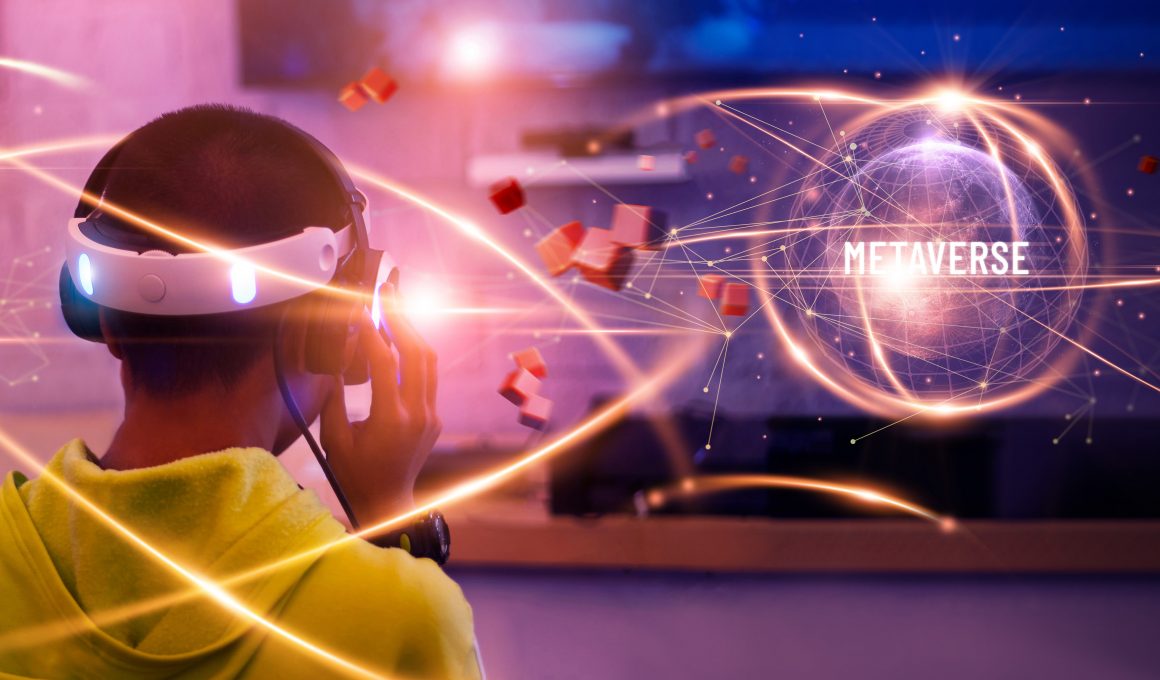The Cardano blockchain is a third generation blockchain created with the purpose of providing a more balanced and sustainable ecosystem. Cardano’s real world applications include cryptocurrency and decentralised apps (dapps). Gaming is one of the categories in the dapp space, which has been hugely successful due to developer and contributor collaborations. The gaming ecosystem in Cardano has grown to create unique collectibles with scarcity, digital content marketplaces and varying tools for game developers. Cardano has created an ecosystem to allow the projects to use blockchain technology to improve video games.
Cardano Gaming ecosystem
Development of games on Cardano became possible after smart contracts were introduced to its blockchain during the Alonzo upgrade on Sept. 12, 2021. These smart contracts allow the development of dapps like gaming platforms on Cardano.
The ecosystem is made up of developers, creators and contributors who are ready and willing to collaborate to introduce revolutionary games into existence. There are various avenues through which games are proposed and developed into Cardano, all of which require the participation of the community to vet and vote for the best. The ecosystem also allows creators and developers to access funding for their projects depending on their ideas, which can take time to be availed. this can be done through Ideascale, a Cardano project catalyst and funding platform, to empower developers in its ecosystem. Besides this, developers can also build Dapps independently without going through this community voting and funding process.
The Cardano gaming ecosystem faces competition from various blockchains such as Ethereum, Binance Smart Chain, WAX, EOS and Polygon. According to DappRadar, Cardano does not have any gaming platform on the top 25, yet. The top game, Splinterlands hosted on both WAX and Hive boasts of 336,200 users per month. Based on monthly volume, Alien Worlds based on WAX and BSC recorded $643,640 per month. Cardano has been a late comer to the scene and has a chance to join these big platforms through continuous development and growth of new games.
The Cardano gaming ecosystem is still in its infancy so it’s bound to have some teething problems. One of the major challenges emanates from the chain’s core features that was specifically incorporated to improve the network’s integrity and structure. The peer-review feature of Cardano ensures all components are tested by academics before they can be implemented Though this is a good thing, it can be detrimental for devs building on the chain as it increases the time needed to launch a new Dapp. As such it can greatly affect the launch date of projects, thereby derailing the community and entire ecosystem.
Leading platforms in Cardano Gaming
There are several key players in this gaming ecosystem, which have made a name for themselves in the crypto and gaming space. Some of the top games built on Cardano include:
Dracards
Dracards, a trading card NFT play to earn game is based on an epic fantasy universe with each collection of cards having a unique story accompanied by remarkable characters and plots. Dracards’ main goal is to structure an economic ecosystem and an active community of collectors, players and investors.
FIRE (native Dracards token) holders can claim rewards by staking their tokens or playing the game and participating in votes to decide new features to the game. Players can earn FIRE by participating in the mini games and also through the interactive platform that allows the users to create content within the Dracards universe.
The total supply is 100,000,000 FIRE. 37.5% is allocated to staking rewards, 11% to the team, 22.5% to play-to-earn, and 14% to the ecosystem fund. 11.3% was for the public sale while 3.8% for the private sale.
The initial circulation supply is defined in 15,847,000 FIRE, which is 15.85% of the total stock. Currently, the circulating supply is 24,250,000 FIRE.
Drunken dragon
This is a fantasy tavern management game with collectible furniture and adventures that can be traded with friends. This gaming platform has 10,000 unique looking adventures made exclusively to reward early supporters. Any player can earn the same crypto collectibles, similar to those gained through purchasing packs, by progressing through the games.
The vision of the game is to tokenise epic experiences that players get through the games with a priority to have fun. In the game, players can cooperate with others or compete against them based on their resources. The game also has a time traveling effect which affects resources around taverns and inns. As a tavern manager, you host characters who sit, eat, drink, have fun and wait in anticipation for the offer of quests. Each inn or tavern has different characters from design to size.
Drunken Dragon does not have a currency token like other play-to-earn games. However, if the team decides there is a good reason for a token without destroying the in-game economy, the token might be considered.
Cardano warriors
The Cardano Warriors creators focused on bringing a unique and exclusive art collection during the first stage, celebrating the Golden Era console RPG video games that were made in eight and sixteen bits. The goal of the platform is to be an exploring and adventure game with RPG elements, running on the Cardano blockchain technology.
The Cardano Warriors game is set on the islands on Cardania, acting as an old-school in browser RPG. The characters of the game start with nothing, unless the player holders one of the Warrior NFTs, meaning their character will start equipped with items, armour and other attributes from the NFT.
There are 10,000 unique NFT Warriors minted for the initial collection. The Warrior NFTs are linked to many types of other game assets developed by the project keeper. Each NFT will give access to 1 character (avatar) within the game, 1 island (game NFT), 1 skin identical to the NFT creature, the accessories that the NFT creature carries such as weapon, shield or helmet, and each creature’s profession and powers.
Pavia
Pavia is a metaverse built on Cardano that allows people to become digital land owners. There are a total of 100,000 NFT lands available for ownership on Pavia. Though the project is still being developed, 60,000 lands were sold in October through November 2021. The project has managed to sell the remaining parcels of land by Q1 2022. The 100,000 parcels are owned by over 17,000 land owners. These parcels can be viewed or purchased through secondary marketplaces such as CNFT or JPG Store. Each NFT land is a uniquely numbered Cardano NFT (CNFT) based on coordinates within Pavia.io.
Pavia is the first Cardano Virtual world, named after the city of Pavia in Italy where Gerolamo Cardano was born. After the launch of Pavia, the project partnered with readyplayer.me to allow users to create their own avatars, which are compatible outside of Pavia in more than 100 apps and games. There were 2,000,000,000 $PAVIA minted in Dec 2021. 25% was allocated to a community airdrop, 30% to project development and the ecosystem and 20% to the team and advisors. The remaining 25% will be introduced in phases through public sales, in-game rewards, play-to-earn incentives and liquidity offerings through DEXs.
Other notable projects making major strides in the sector include: Rune Fortress, Zamunda Metaverse, AdaQuest, Bitlands and Future Fest among others.
Looking forward
The Cardano gaming ecosystem has come a long way, especially looking at the number of gaming projects that have been released and those currently in development. There are many gaming platforms that are still in development that are expected to bring a lot of competition to the space, as well as attract more users to Cardano. 2022 will therefore record a high number of new projects as well as an increase in gamers in the Cardano ecosystem.
Competition will be stiffer in future for Cardano gaming ecosystem, as Ethereum and other blockchains continue to record the most successful projects in the market. However, the more dapps are deployed on Cardano, the more the platform will attract developers which will drive usage higher. The ecosystem will therefore keep growing as that is the focus on the team behind the blockchain as well as the community.
Image courtesy of pixabay










